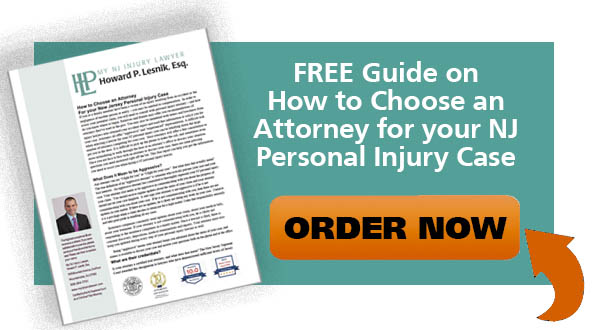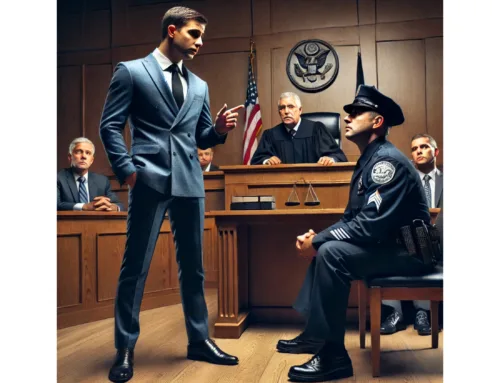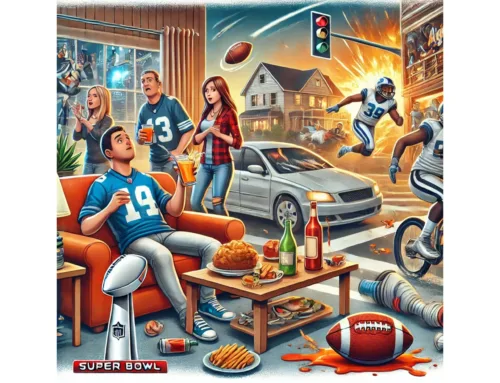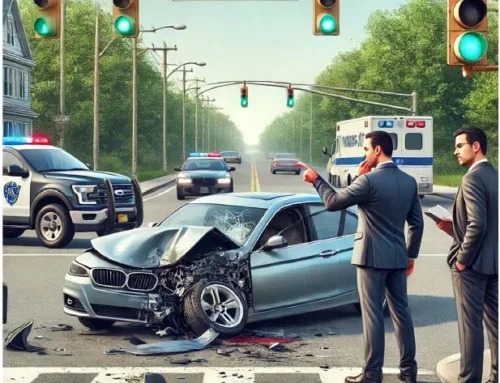America’s roads are getting more dangerous. For years, this was not the case. The data showed fewer motor vehicle fatalities with every passing year. But in 2020, this trend reversed sharply, and our highways, city streets, and rural roads saw more automotive deaths that year than there had been since 2007. This was despite a substantial reduction in the total number of vehicles on the road, due to people staying inside and avoiding travel because of the COVID-19 pandemic. This alarming trend persisted into 2021, with even higher fatality rates relative to the previous year.
 In the face of alarming trends like this, the groups that tend to be hit hardest are those who already bear a disproportionate level of risk in automotive accidents – and this includes teen drivers. According to the CDC, motor vehicle crashes are the second most prevalent cause of death for US teenagers. Teenage motorists make up approximately 3.8 percent of all licensed drivers in the US but are involved in 12.4 percent of all fatal auto accidents, based on US government data from 2017-2019. That makes teen drivers about three times more likely than average to be involved in a fatal crash – and with the number of fatalities on the rise, that makes the danger for inexperienced young drivers worse than it’s been for nearly their entire lifetime.
In the face of alarming trends like this, the groups that tend to be hit hardest are those who already bear a disproportionate level of risk in automotive accidents – and this includes teen drivers. According to the CDC, motor vehicle crashes are the second most prevalent cause of death for US teenagers. Teenage motorists make up approximately 3.8 percent of all licensed drivers in the US but are involved in 12.4 percent of all fatal auto accidents, based on US government data from 2017-2019. That makes teen drivers about three times more likely than average to be involved in a fatal crash – and with the number of fatalities on the rise, that makes the danger for inexperienced young drivers worse than it’s been for nearly their entire lifetime.
Part of the reason that young drivers are in greater danger on the roads is simply down to their inexperience; a teen simply isn’t as good a driver at 16 as they will be at 26 because of the relative lack of practice, muscle memory, and ability to judge situations on the road. However, some of the risk posed to teen drivers on the road is caused by entirely preventable behaviors, including driver impairment, speeding, and a failure to wear seat belts.
Driver impairment can be divided into three general categories, summarized in the three D’s: Drinking (or drugs), Distraction, and Drowsiness.
- Drinking (or drugs): Chemical impairment caused by any kind of substance – whether alcohol, illicit drugs, prescription medications, or over-the-counter medicines – have the potential to endanger a teen driver and anyone sharing the road with them. For any legitimate prescribed or OTC medication with potential impairing effects, make sure you and your teen understand how the medication affects them and when to avoid getting behind the wheel. For alcohol and other illicit drugs, the answer is more clear-cut: the drinking age in all 50 states is 21, and the legal BAC for any driver below that age is ZERO. Even at BAC rates that would be legal for an adult (less than 0.08 in most states), teen drivers are at much higher risk of being involved in a crash than an adult with the same BAC. According to National Highway Traffic Safety Administration (NHTSA) data, 24 percent of drivers aged 15-20 who were killed in an automotive accident had been drinking.
- Distraction: Anything can be a distraction while driving – passengers, radio and climate controls, food and beverages, etc. – but the most common culprit and the target of most legislation and public awareness efforts is cell phone or other mobile device use, because using a phone to text or for other apps involves all three kinds of driver distraction: visual, manual, and cognitive. This means the driver’s eyes are off the road ahead, one or more of the driver’s hands is off the steering wheel, and the driver’s mind and concentration are off the task of driving safely. The effects of distracted driving are compounded for teen drivers, who have less experience behind the wheel. A 2019 Youth Risk Behavior Survey revealed that among US high schoolers who drive, 39 percent had texted or emailed behind the wheel at least once in the month preceding the survey. Texting while driving increases the risk of a crash by a factor of 23.
- Drowsiness: Between studying and homework, extracurricular activities and practices, jobs, and socializing, many teens are over-scheduled and don’t get enough time to sleep. In addition to impacting their health and their performance at school and other activities, lack of adequate sleep can make teens less safe behind the wheel, impairing their alertness, reaction time, and judgment.
Speeding is another major factor in teen driving fatalities: it reduces the amount of reaction time available to respond to hazards and increases the force of impact when a crash occurs. The tendency for teen drivers tends to increase with time, as they gain more confidence on the road. Teens are also less likely to allow for appropriate following distance with the vehicle ahead of them. According to 2019 data, 31 percent of male drivers aged 15-20, and 17 percent of female drivers of that age group, who were involved in fatal collisions, were speeding.
Possibly the simplest safety measure a driver can take is fastening their seat belt, but teens and young adults tend to have the lowest seat belt use rates of any age group. According to the NHTSA, 45 percent of teen drivers who died in 2019 were not wearing their seat belts. In addition, in fatal crashes involving an unbuckled teen driver, their passengers were also unbuckled in 9 out of 10 cases.
How can you keep your young driver safer on these new, more dangerous roads? There are a few simple steps that concerned parents can take to equip their teen drivers to be safer road users.
- Talk with them. Discuss each of these risk factors and make sure your teen knows why the behavior is dangerous, what the consequences (both legal and imposed at home) will be for getting caught engaging in these dangerous behaviors, and strategies to handle their friends who may encourage or participate in risky driving behavior themselves.
- Model safe behavior. Be the safe driver you want your kids to be and let them see it. Wear your seat belt every time and enforce buckling up when you drive. Resist the temptation to speed or to reach for your phone while driving. Teens learn what “normal” driving looks like by observing their parents.
- Provide safe alternatives. Let your teen driver know that if they find themself in a bad situation, they can call you for help instead of making another mistake and driving when they are sleepy or have been drinking or getting into a car with a friend who has been drinking. A teenager’s fear of being lectured or grounded, or even of simply disappointing their parents, can push them into dangerous situations. Make sure they understand that reaching out for help is always a better option than driving unsafely.
Contact MyNJInjuryLawyer Howard P. Lesnik
If you or a loved one suffered an injury in an accident in NJ, you should contact an attorney familiar with handling these claims. An experienced NJ Injury Lawyer will know how to obtain medical records, videos, photographs, experts, locate witnesses and contact the insurance company so you can make a claim for your injuries.
My NJ Injury Lawyer Howard P. Lesnik, Esq. offers complimentary strategy sessions to address any issue or questions you may have for your injury claim in NJ.
Please contact NJ Injury Lawyer Howard Lesnik, Esq., immediately if you were involved in an accident. I personally handle NJ personal injury cases on a regular basis. Please contact me now by email, by phoning 908.264.7701, or by completing the form to the right to schedule your complimentary 30-minute strategy







